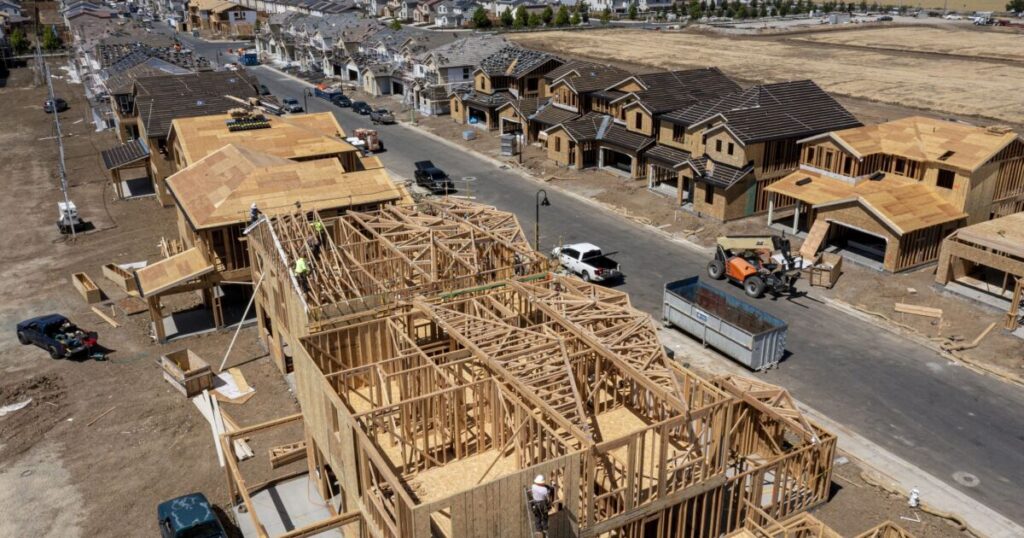The share of newly built single-family home starts in community associations rose for the first time in three years in 2023 and remained near historically high levels.
For mortgage lenders, properties in these organizations, which include homeowners associations for both single-family homes and condos, come with their own set of problems.
Overdue HOA dues in a number of states are
Research from the National Association of Home Builders shows that 64.8% of all single-family homes built last year were owned by a community or homeowners’ association, up from 62.6% in 2022.
This is the third highest level ever; the record level of 67.1% was achieved in 2020
Measured in units, 601,558 homes have been started in neighborhood associations in 2023.
This data is similar to information from the Foundation for Community Association Research that was released to National Mortgage News earlier this year.
The demand for living in a neighborhood association exists among a percentage of consumers.
Just over a third of respondents, 35%, to a February 2023 LendingTree survey said they live in an HOA.
At the time they purchased that property, 53% of that group said they were looking for a home in an HOA, 31% didn’t think about that factor, and 16% didn’t want to be part of it, but bought a home in a homeowners’ association. anyway.
But HOA fees can be
Yet a majority of these property owners, 63%, are considering this
“HOAs can give you the peace of mind that comes from knowing your neighbors aren’t likely to do anything crazy, like throwing regular late-night parties or painting their house hot pink,” says Jacob Channel, senior economist at LendingTree. at that moment. “But HOAs aren’t for everyone, and people who aren’t particularly concerned about mowing their lawn regularly or who want to maximize their freedom to do as they please with their home should probably avoid them.”
Last year, the NAHB analysis found that the Mountain Region had the highest percentage of homes built in community associations at 81.9%, followed by the South Atlantic states at 70.5%. But the Mid-Atlantic states had the lowest share at 28.6%.


